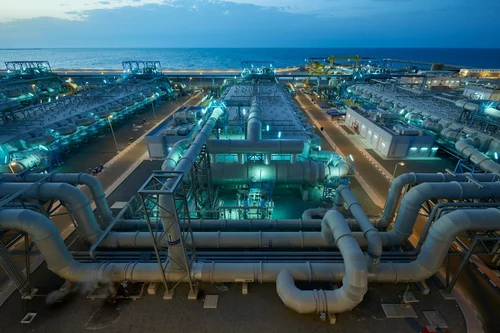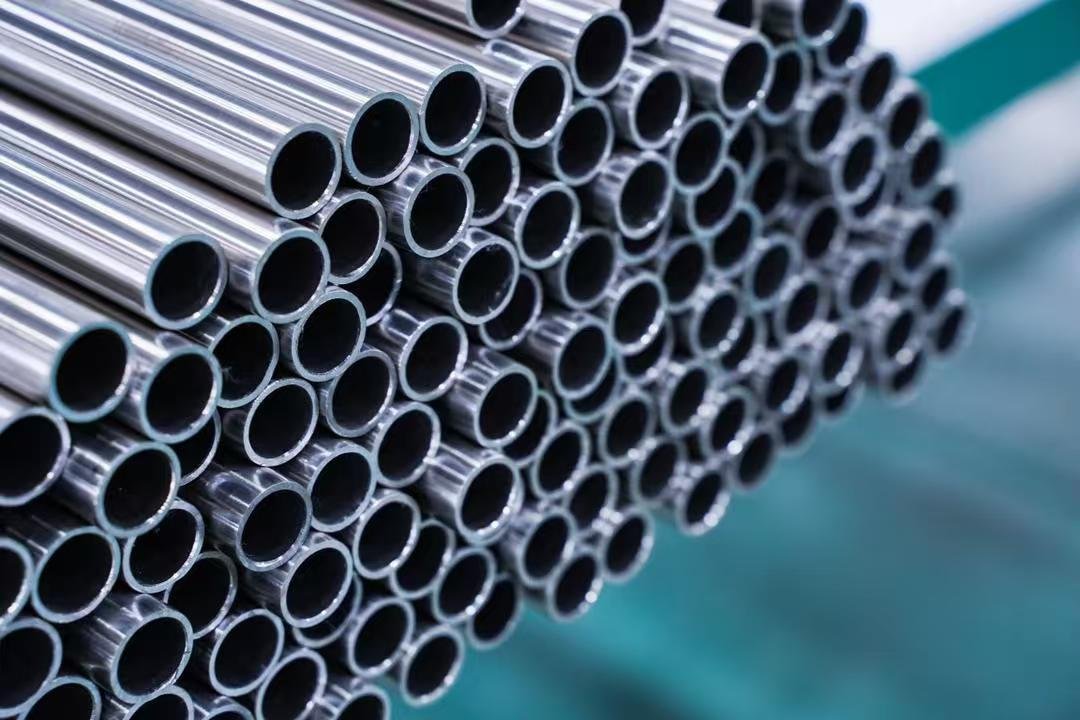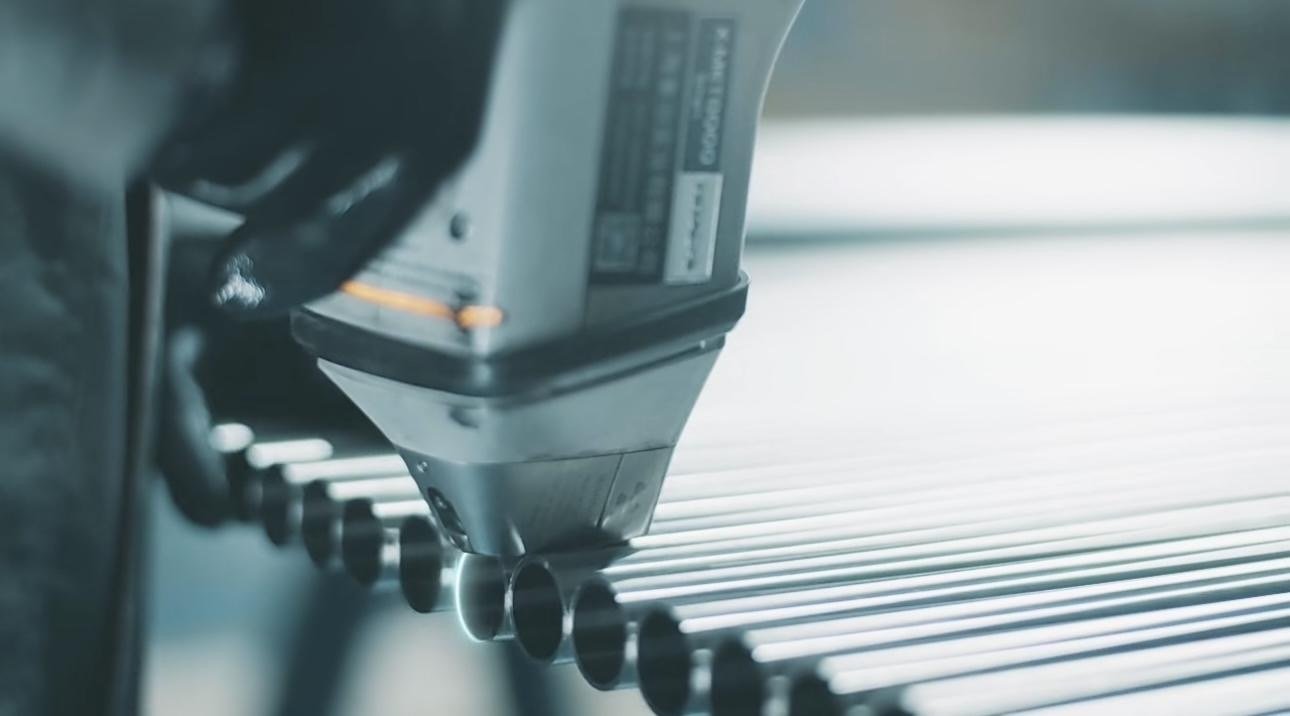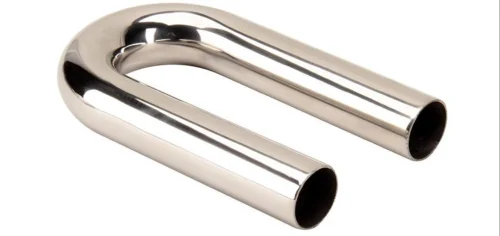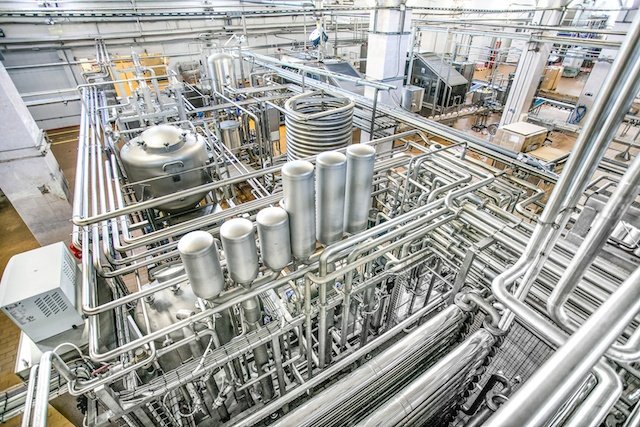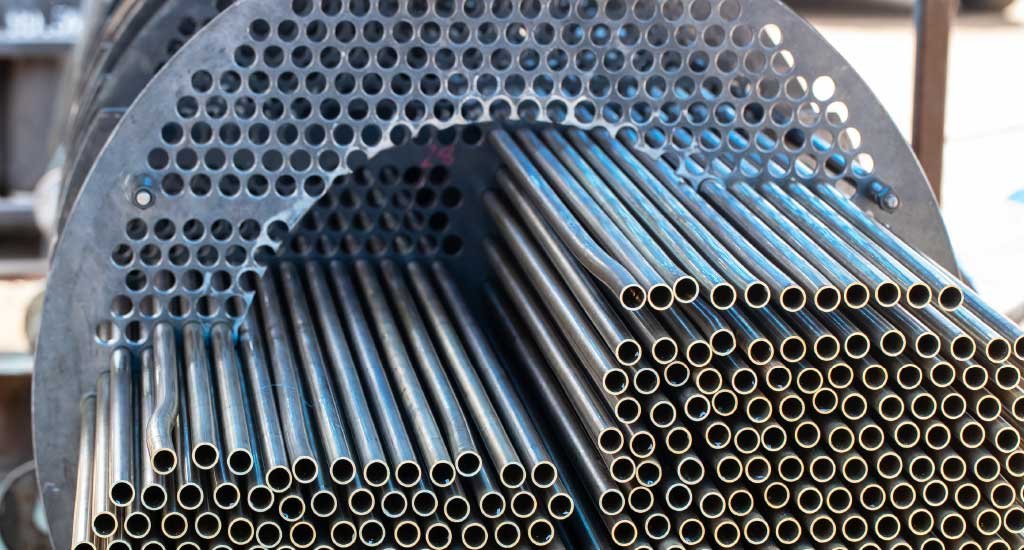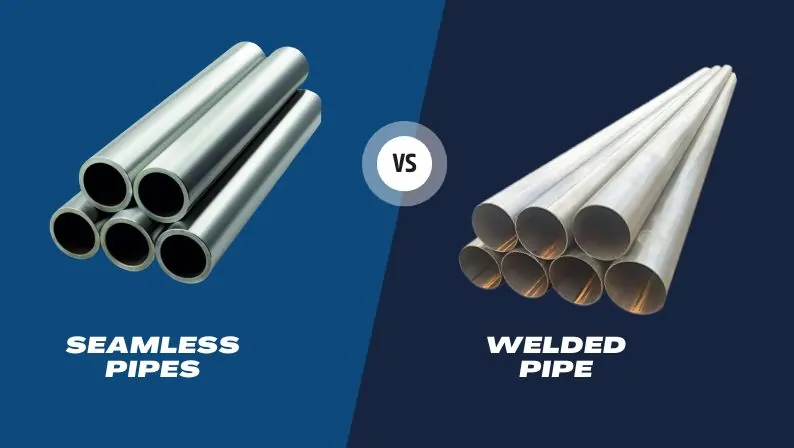Meta Description:
Discover the key differences between EN 10204 3.1 and 3.2 Material Test Certificates (MTCs). Learn why MTCs matter in stainless steel tube procurement and how DLSS ensures full traceability and certification compliance.
Introduction
When sourcing stainless steel tubes, especially for critical applications in oil & gas, power, or chemical industries, the Material Test Certificate (MTC) is your assurance of quality, compliance, and traceability.
Two of the most requested MTC types are:
- EN 10204 3.1
- EN 10204 3.2
Understanding the difference between these certificates helps procurement teams, inspectors, and engineers ensure that the supplied materials meet all specified requirements.
1. What Is EN 10204?
EN 10204 is a European standard that defines various types of inspection documents supplied with metallic products. These documents provide information on the chemical composition, mechanical properties, and testing performed on the materials.
Reference: BSI – EN 10204 Inspection Documents
2. Comparison: 3.1 vs 3.2 MTCs
| Feature | 3.1 Certificate | 3.2 Certificate |
|---|---|---|
| Issued By | Manufacturer’s QA department | Independent inspector (e.g., SGS, BV) + mill |
| Endorsement | Manufacturer declaration | Manufacturer + Third-party body |
| Witness Testing | Not required | Required |
| Project Criticality | Medium-critical projects | High-critical (offshore, nuclear, etc.) |
| Traceability | Full, but internally verified | Full with external verification |
| EN 10204 Clause Reference | Clause 4.1 | Clause 4.2 |
3. When Is a 3.2 MTC Required?
You’ll typically need a 3.2 certificate in the following scenarios:
- Projects governed by PED 2014/68/EU, ASME, or API requirements
- Oil & gas installations, especially offshore
- Nuclear power components
- End-users requiring third-party surveillance
- Government infrastructure projects
DLSS partners with recognized bodies like SGS, Lloyd’s Register, TÜV, and BV to issue 3.2 certificates as requested.
4. Key Components of a DLSS MTC
Whether 3.1 or 3.2, DLSS MTCs always include:
- Heat number and batch reference
- Chemical composition (C, Si, Mn, Cr, Ni, Mo, N, etc.)
- Mechanical properties: Yield, tensile strength, elongation
- Hardness results (Brinell / Rockwell / Vickers)
- Dimensional measurements (OD, WT, length)
- Non-destructive test (ET, UT, hydro) results
- Grain size and microstructure (if applicable)
- Surface condition and finish notes
- Stamp, signature, and certifying body details
5. How DLSS Ensures MTC Integrity
- Digital Record Keeping – All MTCs are archived and traceable to tube batch
- Third-Party Inspection Coordination – Full witness scheduling and documentation
- Photographic Verification – Visual proof of dimensional and test procedures
- Document Customization – Client logo, language, and project details supported
- Secure PDF MTCs – Watermarked and encrypted formats on request
FAQs
Q1: Can I convert a 3.1 MTC to 3.2 after delivery?
No. 3.2 certification must involve real-time third-party inspection during or before production. Retroactive upgrades are not valid.
Q2: Is a 3.1 MTC enough for food-grade applications?
Yes, if issued correctly and accompanied by other hygiene declarations (e.g., Ra report, surface testing).
Q3: Does DLSS charge extra for 3.2 certification?
Yes, depending on the certifying body and scope. We offer transparent cost estimation at inquiry stage.
Q4: How long does it take to issue a 3.2 MTC?
Usually 3–5 days post-inspection, subject to inspector availability and documentation processing.
Conclusion
EN 10204 3.1 and 3.2 certificates are more than paperwork—they are your guarantee of quality, safety, and compliance. DLSS ensures full MTC documentation with every stainless steel tube shipment, supporting you with the right level of verification for your project’s needs.
Contact DLSS
Email: info@dlsspipe.com
Website: www.dlsspipeline.com
Not sure whether your application needs a 3.1 or 3.2 MTC? Contact DLSS for expert consultation, test coordination, and high-quality stainless steel tube solutions.


